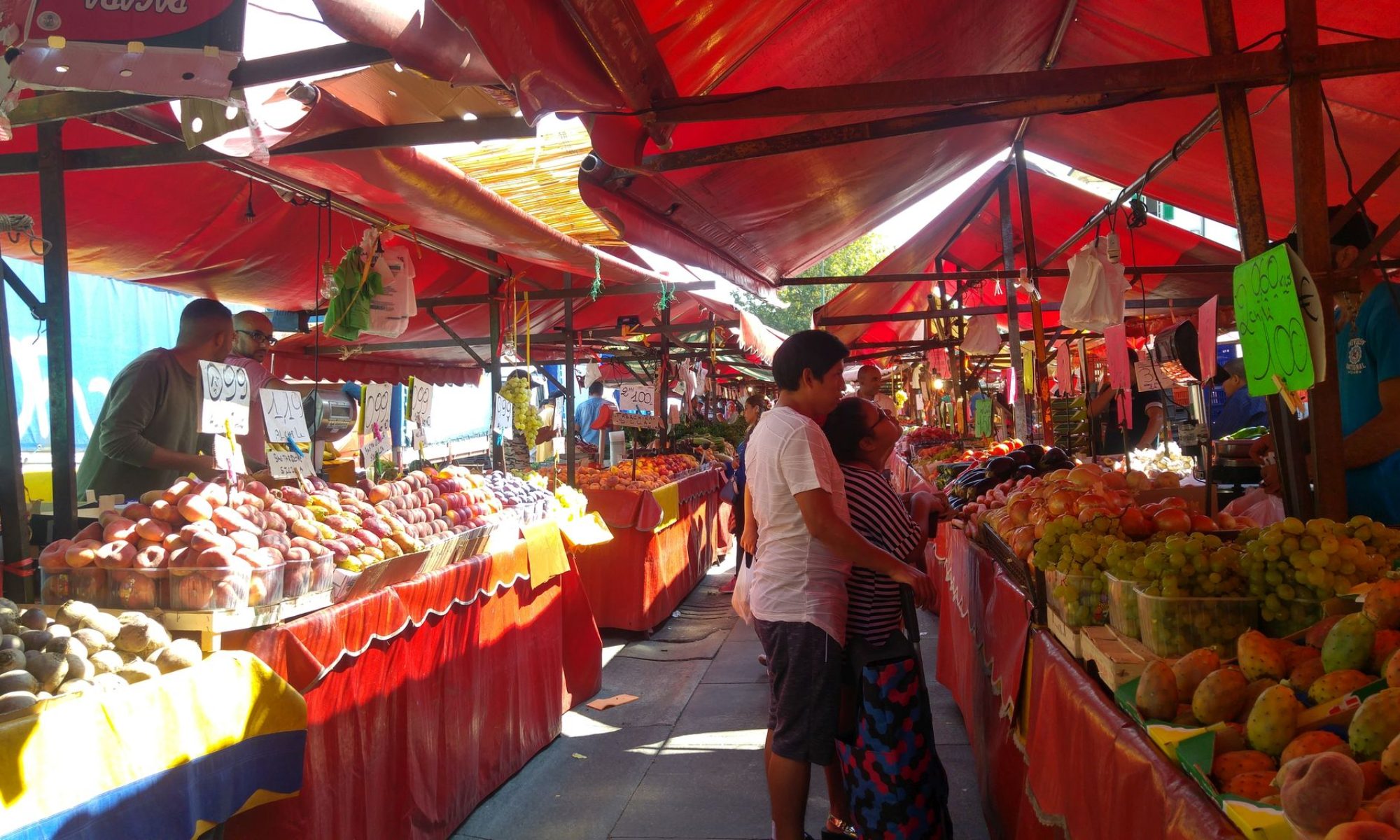Friday, 28 August, 2020
On a day when I thought staying home and resting might be a good idea I instead found myself saying yes to going up to ‘the big Sainsburys’ in Dalston. It was an excuse to take a couple of photos for my aunt of a converted synagogue nearby and also keep my promise to myself to take some photos in Ridley Road Market.

First off, the synagogue. It’s hidden behind Montague Road. Montague Road Beth Hamedrash began 1902 and closed between 1980 and 1985. I’ve often thought about living in that top floor with the patio balcony.


There are many repurposed and demolished synagogues around. It amazes me how many there must have been at one point. My research tells me that around 1880 there were about 5,000 Jews in Hackney and Dalston. The richer Jews tended to move further north to Stamford Hill, Highbury, and Stoke Newington. By the end of the early 1900s there was a large population of the ‘better class of Jewish working man.’ The Jews of Whitechapel chose Dalston or Canonbury as their ‘first steps upwards.’ In the early 1950s Hackney was assumed to have the densest Jewish population in the country, and the two estates on Amhurst Road alone contained 1,500 to 2,000 working-class Jews, while half of the boys at Hackney Downs school were Jewish. Many of these families prospered and moved along and less than a third of the school’s boys were Jewish by 1972, replaced by newer Afro-Caribbean immigrants. My closest synagogue is about a kilometre away today. The Montague Road Beth Hamedrash would have been a two-minute walk, with others to choose from not much further.


Straight up to St Mark’s Rise and turn left and the bottom of Ridley Road market is straight ahead. I wasn’t keen to go into, with all the restrictions. There are barriers on either side too and that’s a bit daunting, since I often want to leave to get out to the shops along the road. Instead I walked along the west side of the market, taking in the sights of the mostly Afro-Caribbean storefronts.
The shops are mostly just shallow sheds along the road, each with its chaotic assortment of goods. There’s fish, meat, fabrics, vegetables and fruit, and household goods.
I’m not the first to say that there’s not enough Ridley Road history. Geographically, it links Dalston Lane to Kingsland Road but there’s really nothing much said about the street until the mid 1800s. The main street of Dalston, Kingsland Road, was completely commercial by 1849, properties being sold off by the Tyssen family, and the tram arriving in 1872. In 1930 The Kingsland Road market was in Ridley Road, and was among the best known in London. Other records show that the market existed since the 1880s. This period features in most of the then-modern Hackney, with so many houses that I’ve photographed having this decade engraved on the facade. Ridley Road at the end of the 1880s had about 20 stalls and has played an important part in Hackney’s history. Before the pandemic is had over 150 stalls. Once a Jewish market, it is now mainly Afro-Caribbean and Turkish.












It’s hard to show the atmosphere of Ridley Road so I took a couple of videos to try to show it. This is pandemic time so it doesn’t bustle as it used to.
I’ll confess to not liking to shop on Ridley Road, and I’ll often avoid walking along it. While it’s interesting, it crosses the line of interesting into too scruffy. That’s saying a lot coming from me. I don’t see the sense of pride I think there should be there. The shops stay the same, often look dirty, are usually quite smelly…have I sold you yet? However, there’s a lot of colour and vibrancy once you get past the assault on your senses. And you’ll find the odd favourite stall – the egg stall, and the one where we buy herbs aren’t there right now but we went regularly.
With so many newcomers in the area demanding more modern, luxurious surroundings, and with the increase in new building, Ridley Road is threatened. New residents aren’t shopping here, the poorer shoppers are being squeezed out of the area by rising prices, and the stallholders are having trouble meeting the rents and rates along with the decrease in traffic. The pandemic has has meant fewer stalls, so restricted foot traffic and revenue. While I am not a big Ridley Road fan, I’d be sad to see it totally cleaned up and overhauled, if not razed. No matter what, Ridley Road has served this community very well for almost a century and a half and I don’t know what Dalston would be without it.

